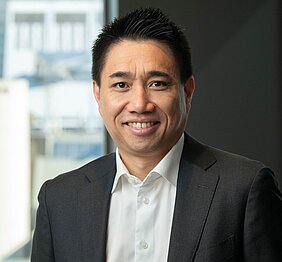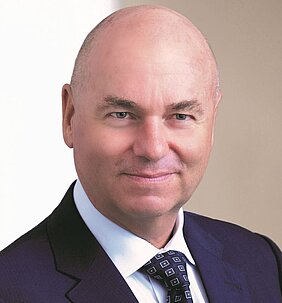IPE D.A.CH: You recently withdrew completely from China with a property sale in Hong Kong. What were the reasons for this?
van den Berg: For various reasons, we concluded some time ago that China does not currently align with the strategy's long-term strategic objectives. Hong Kong had been an exception for many years, but recent developments, including change in land ownership structures and increased geopolitical and trade tensions, led us to revisit our risk assessment. As a result, we made the decision to withdraw from the market last year.
IPE D.A.CH: What about India? Are there any interesting entry opportunities here in the short or long term?
Leong: We believe that India does not yet meet the conditions required to be a core market for a strategy like ours. While it is a dynamic and growing economy, our assessment considers multiple factors including the regulatory framework and land title systems, as well as the quality, depth and liquidity of the real estate market itself which for institutional investors is still maturing. For these reasons, India remains at this stage a non-core market for our strategy.
IPE D.A.CH: What is the current allocation of the fund?
Leong: We are currently invested in Australia and Japan, each accounting for one third, with around 20% in Singapore and the balance in South Korea. At the same time, we are also investing in four sectors: office, logistics, residential and retail.
IPE D.A.CH: How does the APAC region currently compare globally in terms of risk/return profile?
Leong: INREV data shows that the Asia-Pacific region is performing well with higher returns and lower volatility compared to the core real estate markets in the US and Europe. Asia is also certainly impressive in terms of economic momentum.
IPE D.A.CH: How is Asia performing in terms of current new investments?
Leong: Looking at the INREV figures for 2024 in the ‘Unlisted Real Estate’ segment, 50% of the funds invested by US investors remain in their own country, 20% go to Europe and 30% to Asia. In Europe, 65% is invested in the domestic market, 20% in the US and 15% in Asia. Among Asian investors, 95% remained ‘onshore’ and only 5% went ‘offshore’. We are currently talking to many international investors who want to structure their real estate portfolios in a more balanced way and are therefore also opening up significantly to Asia.
IPE D.A.CH: What total return are you currently planning? When we last spoke, the figure was 7-8% p.a...
van den Berg: That is still correct. 7-8% total return per annum with a distribution yield of 3.5-4%.
Leong: Our investors can continue to expect stable cash flow here too; after all, we have been achieving this annual distribution for 18 years now.
IPE D.A.CH: Jason, what changes will we see in the fund's allocation with your takeover?
Leong: First of all, I would like to say that Richard has managed the fund excellently and is handing over the reins to me in an excellent position. Nevertheless, we are currently adjusting the sector weightings to reflect market opportunities. We will reduce the office sector from around 40% to 30-35% in the future. At the same time, we plan to expand our built-to-rent allocation in Australia in the residential sector and also focus more strongly on the logistics sector. In the medium term, we will also take another look at the retail sector, where Singapore is a particularly interesting market.
IPE D.A.CH: Thank you very much for these insights and all the best for your retirement, Mr van den Berg!
“India is not currently a core market focus for our strategy”

Jason Leong

Richard van den Berg
